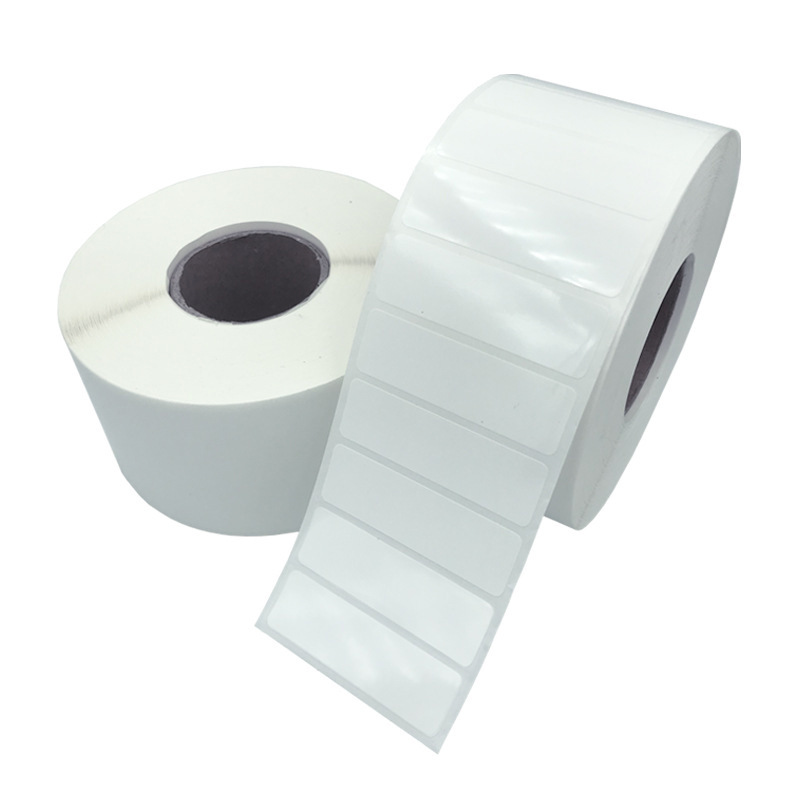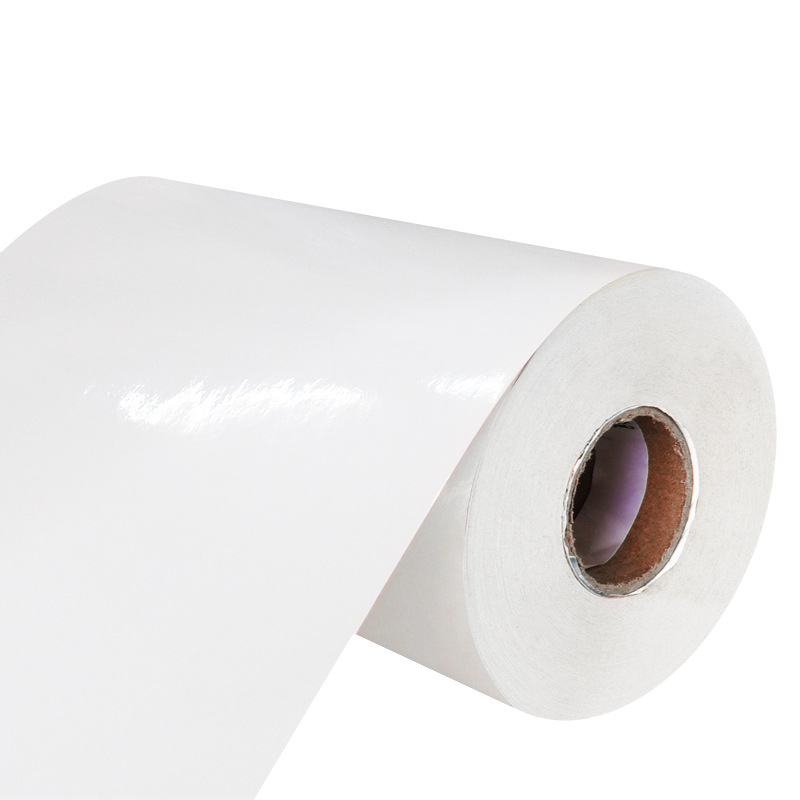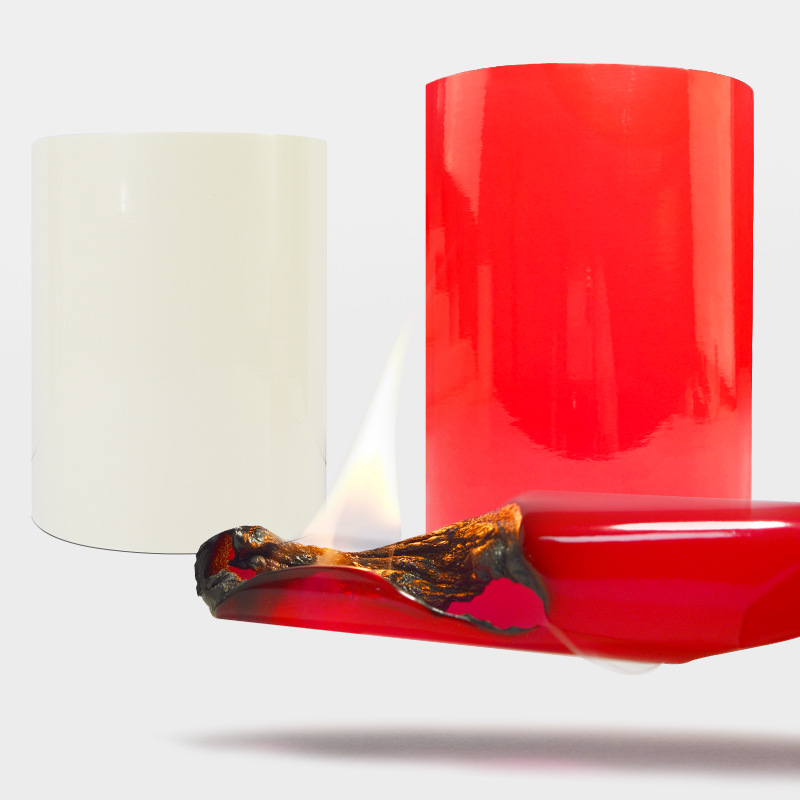
High temperature resistant polyimide sticker
High temperature resistant barcode label is an opaque polyimide (high temperature resistant) label with permanent acrylic pressure-sensitive adhesive and a white surface layer suitable for heat transfer printing. It is designed to meet the high temperature requirements of reflow soldering (260 ℃) and wave soldering (350 ℃) environments, and is specifically designed for character or barcode identification on printed circuit boards or related electronic components. In addition, the labels are designed to resist corrosive fluxes and multiple rounds of cleaning commonly used in circuit board applications, making them ideal materials that can withstand the erosion of various soldering agents, melting agents, and cleaning agents encountered in the production process of circuit boards
Features
There are two types of substrates: P and PET
UL94 VTM-0 & VTM-1 fire rating certification (flame retardant)
Compliant with FAR smoke and toxic gas standards
Compliant with BSS 7238& 7239 standard
High temperature resistance, chemical resistance
Compliant with REACH and ROHS standards, halogen-free
Suitable for SMT surface mount manufacturing process of PCB circuit boards, it is a special label for printed circuit board (PCB) identification (commonly used for temperature resistance of 260 ℃ for 6 minutes). After passing through the furnace, it does not bubble, curl, glue, yellow, or be easily corroded by various chemical substances in the flux

High temperature resistant and removable vinyl sticker
Ethylene based removable stickers have a removable adhesive backing that can be peeled off and re applied multiple times without leaving any adhesive residue on the product. It can be used at a temperature of 120 ℃, and at a temperature of 150 ℃, it can be used for a short period of time. It is coated with a removable and soluble acrylic adhesive, which can be easily peeled off from one backing material and stuck to another. The label is intact and can be reused multiple times. It is easy to tear off and will not leave any marks. With the development of society, the usability of removable adhesive stickers has gradually increased in demand in various industries and has been widely used.
Suitable for high-temperature processes such as sheet metal painting, masking, baking, glass curing, etc. (commonly used for temperature resistance of 0-150 ° C for 20 minutes), it does not bubble, curl, glue, yellow, or easily corrode by various chemical substances in the flux after passing through the furnace.

Tire vulcanization label
OwnLikes is specifically designed for the application of barcode and tire number etching on all steel tires. The rubber surface is composed of permanent rubber based adhesive, which is heat-resistant and can accompany the entire tire life cycle after vulcanization with the tire
Application:
Attach barcode labels to tires during production and maintain them throughout the entire lifecycle of the tire. Provide feedback on the production date, installation date, and date of use of the tire at any time to provide reliable raw data for quality assessment
Features:
Excellent high temperature stability to withstand the heat and pressure of tires during high temperature and sulfur treatment (up to 210C)
Excellent durability and wear resistance
Excellent chemical corrosion resistance: Strong waterproof, acid resistant, salt resistant, alkali resistant, most petroleum oil stains, oils and low-fat solvents, adhesives can penetrate into the concave surface and firmly bond to the softening agent that penetrates the tire surface. When the car is in operation, the barcode will not fall off on its own, and manual peeling will not damage the rubber on the tire surface
Excellent barcode/heat transfer printing effect, combined with Xiyan VR-30 carbon ribbon, ensures 100% accurate reading and scanning on the high-speed conveyor line before and after vulcanization
Excellent adhesion: When the tire is removed from the mold, it has strong flexibility to withstand tire deformation
We offer comprehensive technical support, including free professional labeling solutions, advice on label materials and adhesive selection, as well as online/offline assistance from professional software and hardware engineers. Service email: andy@ownlikes.cn. In pre-sales, we leverage our extensive experience in specialty labeling projects to provide clients with the most suitable hardware solutions. Additionally, all our label barcode printers and scanners come with a three-year free warranty, demonstrating our confidence in our products.






This site is protected by reCAPTCHA and the Google Privacy Policy and Terms of Service apply.